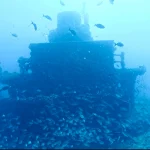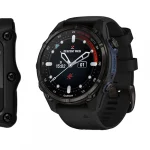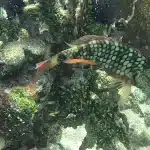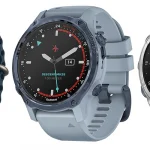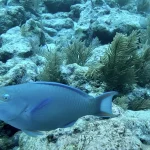Table of Contents
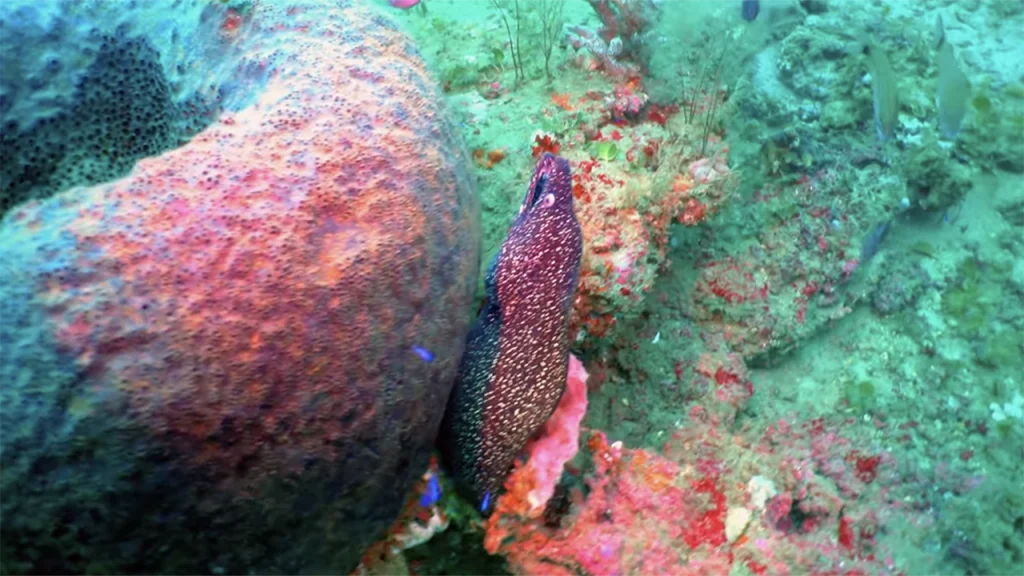
The Destin Liberty (Thomas Hayward’s) journey from a wartime cargo ship to a thriving artificial reef showcases its enduring legacy and importance to both maritime history and marine ecology.
Article at a Glance
- Historical Background: The Destin Liberty Ship, officially named the Thomas Hayward, was built in 1942 and served in both World War II and the Korean War before being sunk as an artificial reef in 1977.
- Wreck Characteristics: The 360-foot long steel vessel rests at a depth of 90 feet, rising up to 25 feet off the seafloor, providing ample structure for divers to explore.
- Marine Life: The wreck is home to diverse marine species, including goliath grouper, barracuda, and occasional loggerhead turtles, along with rare sightings of whale sharks and manta rays.
- Diving Experience: The site is popular among divers for its accessibility, historical significance, and the opportunity to explore the ship’s interior, including cargo holds and the engine room.
- Safety Measures: Divers are required to have advanced certifications, follow dive planning protocols, and adhere to safety measures, including buddy systems and proper equipment.
- Environmental Concerns: Since 2020, the wreck has been reported to leak oil, necessitating caution among divers and ongoing monitoring of the site.
- Dive Shops: Local dive shops like ScubaTech of Northwest Florida and Shark Quest offer trips to the Destin Liberty Ship, providing guided experiences for divers interested in exploring this iconic wreck.
Shipwreck Location Coordinates and Depth
Depth
The wreck lies approximately 4-7 miles southwest of Destin’s East Pass in Florida.
Location Coordinates
The Destin Liberty Ship, officially named the Thomas Hayward, is located at the following coordinates and depth:
- Latitude: 30° 18.3756′ N
- Longitude: 086° 36.222′ W
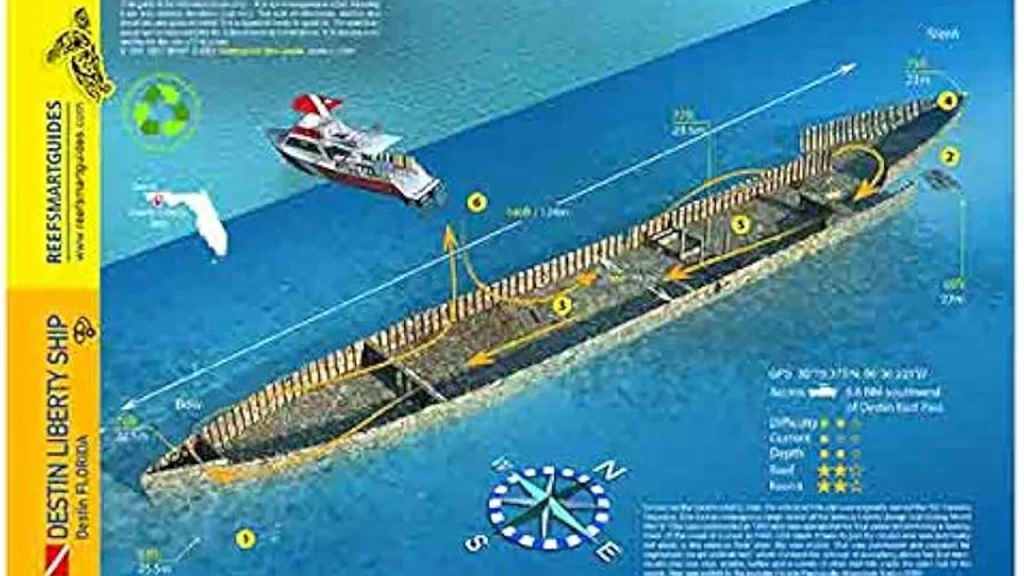
What Do Scuba Divers Say About This Ship
Dive Site Characteristics
- It’s considered one of the most popular dive sites in the area.
- The wreck lies at a depth of 90 feet (27.4 meters) and rises up to 25 feet off the seafloor, providing divers with plenty of structure to explore.
- The 360-foot long steel vessel offers an extensive area for divers to investigate.
Marine Life
Divers frequently encounter diverse marine life at the site, including:
- Goliath grouper
- Barracuda
- Occasional loggerhead turtles
- Almaco jacks
- Amber jacks
- Mangrove snapper
- Lionfish
- Some sharks
In the summer of 2020, divers were fortunate enough to spot two whale sharks and a manta ray at the site, which is quite rare and exciting.
Wreck Condition
- The wreck consists mainly of the hull and a few bulkheads, allowing divers to swim inside the entire ship.
- Recent reports indicate some damage to the wreck, likely caused by Hurricane Sally in September 2020.
- Divers have observed a collapsed hull section on the port side bow.
Oil Leakage
Since 2020, divers have reported:
- An oil sheen on the surface above the wreck
- Black “oil-like” substance flowing from the deck of the ship
- Oil-like droplets in the water column, particularly near the bow section
Spearfishing
Many divers consider the Liberty Ship one of the best spearfishing sites in the area.
What Kind of Marine Life Can Be Found on The Ship
Common Species
- Goliath grouper: These large, impressive fish are frequently spotted around the wreck.
- Barracuda: Known for their predatory nature, barracuda are often seen patrolling the area.
- Loggerhead turtles: Occasionally, these sea turtles visit the wreck site.
Other Fish Species
- Almaco jacks
- Amber jacks
- Mangrove snapper
- Lionfish
Larger Marine Life
In the summer of 2020, divers reported rare sightings of:
- Whale sharks
- Manta rays
Invertebrates and Coral
While not specifically mentioned in the search results, artificial reefs in this region typically support:
- Various species of coral
- Sponges
- Crustaceans
Sharks
Some shark species are likely to be encountered, though specific types aren’t mentioned in the provided search results.
Key Information
| Category | Details |
|---|---|
| Official Name | Thomas Hayward |
| Construction Year | 1942 |
| Service History | Served in World War II and the Korean War; laid up after 1951 |
| Sinking Date | April 14, 1977 |
| Location | Approximately 4 miles south of Okaloosa Island pier, Destin, Florida |
| Depth | 90 feet (27.4 meters) |
| Length | 360 feet |
| Marine Life | Goliath grouper, barracuda, loggerhead turtles, whale sharks, manta rays |
| Diving Experience | Accessible to advanced divers; allows exploration of cargo holds and engine room |
| Safety Measures | Advanced certification required; buddy system; dive planning; emergency procedures in place |
| Environmental Concerns | Reports of oil leakage since 2020; ongoing monitoring needed |
| Dive Shops | ScubaTech of Northwest Florida, Shark Quest |
What Makes The Destin Liberty Ship a Unique Diving Experience
Historical Significance
- Built in 1942 during World War II, the ship served in both WWII and the Korean War.
- It’s part of the Liberty Ship class, which were mass-produced cargo ships crucial to the war effort.
Artificial Reef Structure
- Intentionally sunk in 1977 as part of Florida’s artificial reef program.
- The 360-foot long steel vessel provides an extensive area for divers to explore.
- It rises up to 25 feet off the seafloor, creating a significant underwater structure.
Marine Life Habitat
- Home to diverse marine species, including goliath grouper, barracuda, and occasional loggerhead turtles.
- Divers have reported sightings of almaco jacks, amber jacks, mangrove snapper, and lionfish.
- In the summer of 2020, there were rare sightings of whale sharks and a manta ray.
Dive Site Characteristics
- Located at a depth of 90 feet, suitable for intermediate to advanced divers.
- The wreck consists mainly of the hull and a few bulkheads, allowing divers to swim inside the entire ship.
- Considered one of the best spearfishing sites in the area.
Recent Changes
- Hurricane Sally in 2020 caused some damage to the wreck, including a collapsed hull section on the port side bow.
- Since 2020, there have been reports of slow oil leakage from the wreck, adding an element of environmental concern and ongoing monitoring to the site.
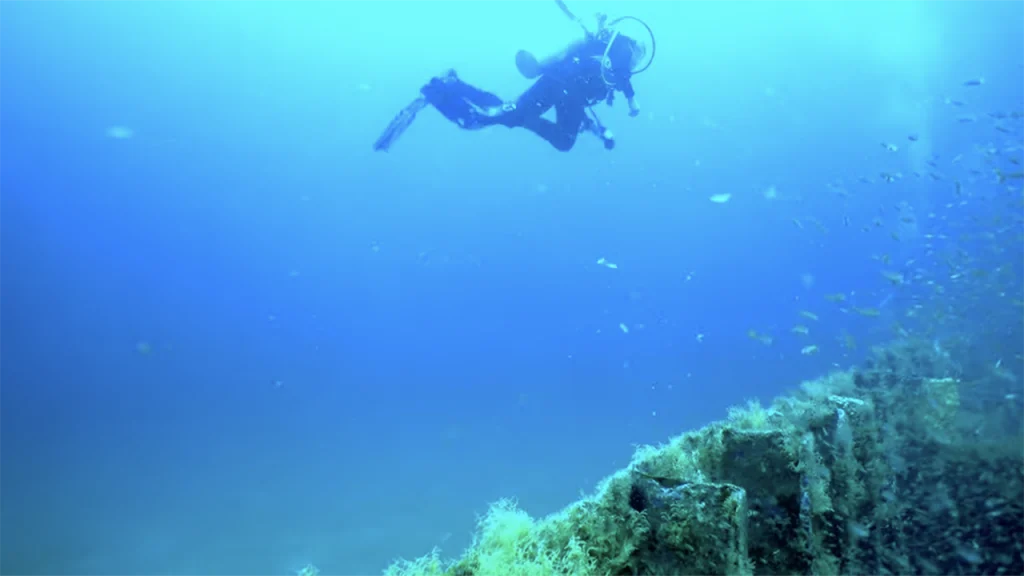
How Does The Destin Liberty Ship Compare to Other Shipwrecks in Florida
Size and Structure
- At 360 feet long, it’s one of the larger wrecks in the Florida Panhandle area.
- The ship rises up to 25 feet off the seafloor, providing a significant structure for divers to explore.
Historical Significance
- Built in 1942, it’s a World War II-era Liberty Ship that served in both WWII and the Korean War.
- It’s part of Florida’s extensive artificial reef program, sunk intentionally in 1977.
Accessibility
- Located at a depth of 90 feet, it’s accessible to intermediate and advanced divers.
- It’s closer to shore compared to some other major wrecks like the USS Oriskany, which is further offshore and in much deeper water.
Marine Life
- Known for hosting diverse marine life, including goliath grouper, barracuda, and occasional loggerhead turtles.
- In 2020, there were rare sightings of whale sharks and a manta ray at the site.
Condition
- Recent damage from Hurricane Sally in 2020 has altered its structure, with a collapsed hull section on the port side bow.
- Unlike some newer artificial reefs, it has been underwater for over 40 years, allowing for mature marine growth.
Environmental Concerns
- Since 2020, it has been slowly leaking oil, which is not common among Florida’s intentionally sunk wrecks.
- This ongoing issue has led to increased monitoring and potential future remediation efforts.
What is The Full History of This Ship
Construction and World War II Service
- Built in 1942 by the Alabama Drydock Company in Mobile, Alabama.
- Part of the Liberty Ship class, mass-produced cargo ships crucial to the World War II effort.
- Named after Thomas Heyward, Jr., a signer of the Declaration of Independence.
- Served during WWII by transporting allied troops from the United States to Europe.
Post-War Service and Incidents
- On May 5, 1946, the ship hit an unswept floating mine off Europe but managed to return to port for repairs.
- Placed in the Mobile Reserve Fleet in 1949.
- Reactivated in 1951 for duty during the Korean War.
Final Years and Preparation for Artificial Reef
- After final retirement, the vessel was laid up in the James River in Virginia.
- Purchased by the Florida Department of Natural Resources for use as an artificial reef.
- Prepared in a Pascagoula, Mississippi salvage yard, with its superstructure cut down to the first deck to meet U.S. Army Corps of Engineers specifications.
Sinking and Artificial Reef Status
- Intentionally sunk on April 14, 1977, off the coast of Destin, Florida.
- Located approximately 4 miles south of the Okaloosa Island pier, just north of the Pensacola–Panama City shipping lane.
- Rests in about 90 feet (27.4 meters) of water.
- Rises up to 25 feet off the seafloor, providing a significant structure for marine life and divers.
Recent Developments
- In 2020, the wreck suffered damage, likely from Hurricane Sally.
- Since 2020, there have been reports of slow oil leakage from the wreck.
- Continues to be one of the most popular dive sites in the area, known for its diverse marine life.
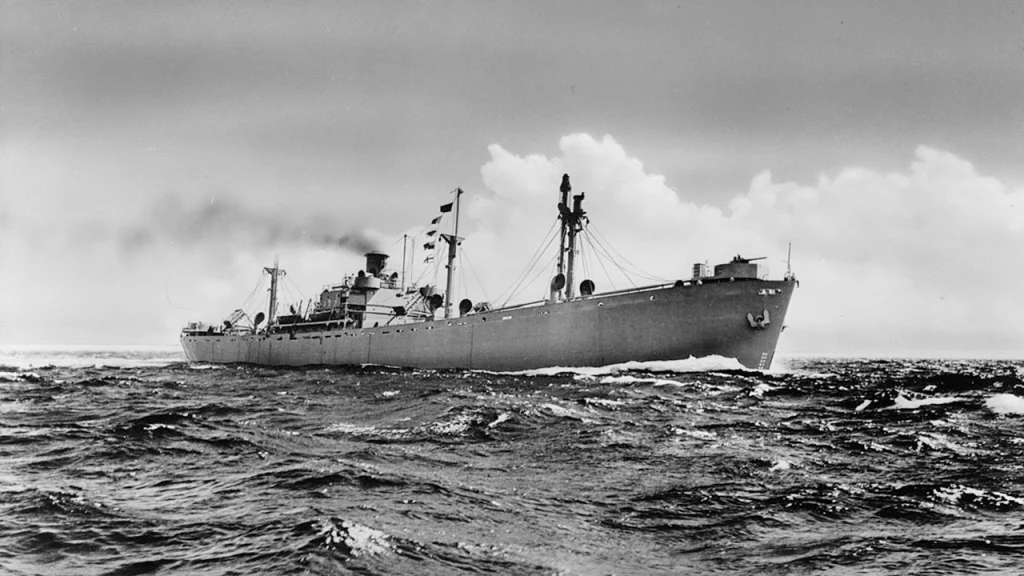
What Historical Features Can Still Be Identified on The Destin Liberty Ship wreck
Hull Structure
- The 360-foot long steel hull remains largely intact, providing the main structure of the wreck.
- The wreck rises up to 25 feet off the seafloor, offering a significant profile for divers to explore.
Interior Access
- The wreck consists mainly of the hull and a few bulkheads.
- Divers can swim inside the entire ship, suggesting that large portions of the interior structure are still identifiable.
Deck Features
- While the superstructure was cut down to the first deck before sinking, some deck features likely remain.
- The collapsed hull section on the port side bow, reported after Hurricane Sally in 2020, may provide a unique exploration opportunity.
Cargo Holds
- As a former cargo ship, the remains of cargo holds are likely still identifiable within the wreck structure.
Engine Room
- Though not specifically mentioned, the engine room area is typically a prominent feature in shipwrecks and may still be identifiable.
Historical Context
- The overall layout of the ship still reflects its origins as a World War II-era Liberty Ship, built for wartime cargo transport.
What Safety Measures Are in Place for Divers Visiting Destin Liberty Ship
Dive Planning and Preparation
- The wreck is located at a depth of 90 feet, requiring advanced open water certification or equivalent experience.
- Divers should plan their dives carefully, considering bottom time limits and decompression requirements.
- Proper dive planning includes checking weather and sea conditions before the trip.
On-Site Safety
- Most charter boats require divers to dive with a buddy system for added safety.
- Dive operators typically provide a detailed briefing about the site, including potential hazards and emergency procedures.
- Many boats station a crew member as a surface watch during dives.
Equipment Requirements
- Divers are usually required to carry appropriate safety gear like dive computers, surface marker buoys, and dive lights.
- Redundant air sources (e.g. pony bottles or extra air) are often recommended or required for wreck penetration.
Wreck-Specific Precautions
- Due to the ship’s deteriorating condition, especially after Hurricane Sally damage in 2020, divers are advised to be cautious of sharp edges and unstable structures.
- Penetration into the wreck should only be attempted by properly trained and equipped divers.
Environmental Considerations
- Since 2020, there have been reports of oil leakage. Divers should be aware of this and avoid contact with any visible oil.
Emergency Procedures
- Dive boats typically carry oxygen and first aid equipment for emergencies.
- Local dive operators are familiar with the nearest recompression chambers and emergency evacuation procedures.
Provide a List of Dive Shops That Provide Diving Trips to This Shipwreck
- ScubaTech of Northwest Florida
- Address: 301 Harbor Blvd. (Hwy, US-98, Destin, FL 32541
- Phone: (850) 837-2822
- Website: http://www.scubatechnwfl.com/
- Shark Quest
- This dive operator is mentioned as providing charters to the Thomas Heyward Liberty Ship.
- Website: https://scuba-dive-pensacola.com/charters/thomas-hayward-liberty-ship

